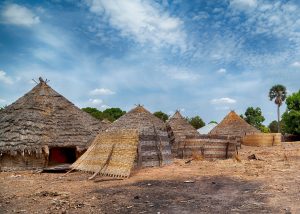Examining attention given to threats to elephant conservation on social media
Niall L. Hammond, Amy Dickman, Duan Biggs – Conservation Science and Practice 2022
Although social media is growing rapidly as a news source, including for disseminating conservation information, studies comparing attention given to differing threats to species on social media are almost non-existent.
As the amount of attention given to differing threats can influence what people perceive to be important and impact the formation of environmental policies, it is vital that conservationists understand which issues are being discussed online. Using elephants (Loxodonta Africana, Loxodonta cyclotis, and Elephas maximus) as test species, we conducted a content analysis of tweets about elephants posted to Twitter during 2019.
According to the global conservation authority, the International Union for Conservation of Nature, the most pressing threats to the conservation of wild elephant populations are habitat loss, human-elephant conflict, and poaching, with the magnitude of each threat differing between the three species of elephants.
Our Twitter analysis revealed that these major threats were infrequently discussed, with habitat loss being the most infrequently discussed (<1% of all tweets). Instead, elephant welfare issues, such as tourist elephant rides, were the most frequently discussed topic (23%). Users from non-elephant range countries were the dominant voice on Twitter (72% of tweets with an identifiable location), with these tweets likely to discuss elephant welfare concerns and trophy hunting, which is not a threat to elephant conservation. Conversely, tweets from users from African elephant range countries (14%) were more likely to discuss human elephant conflict, poaching, and promote elephant tourism. Similarly, users from Asian elephant range countries (13%) were likely to discuss human-elephant conflict and elephant tourism but unlikely to tweet about poaching.


